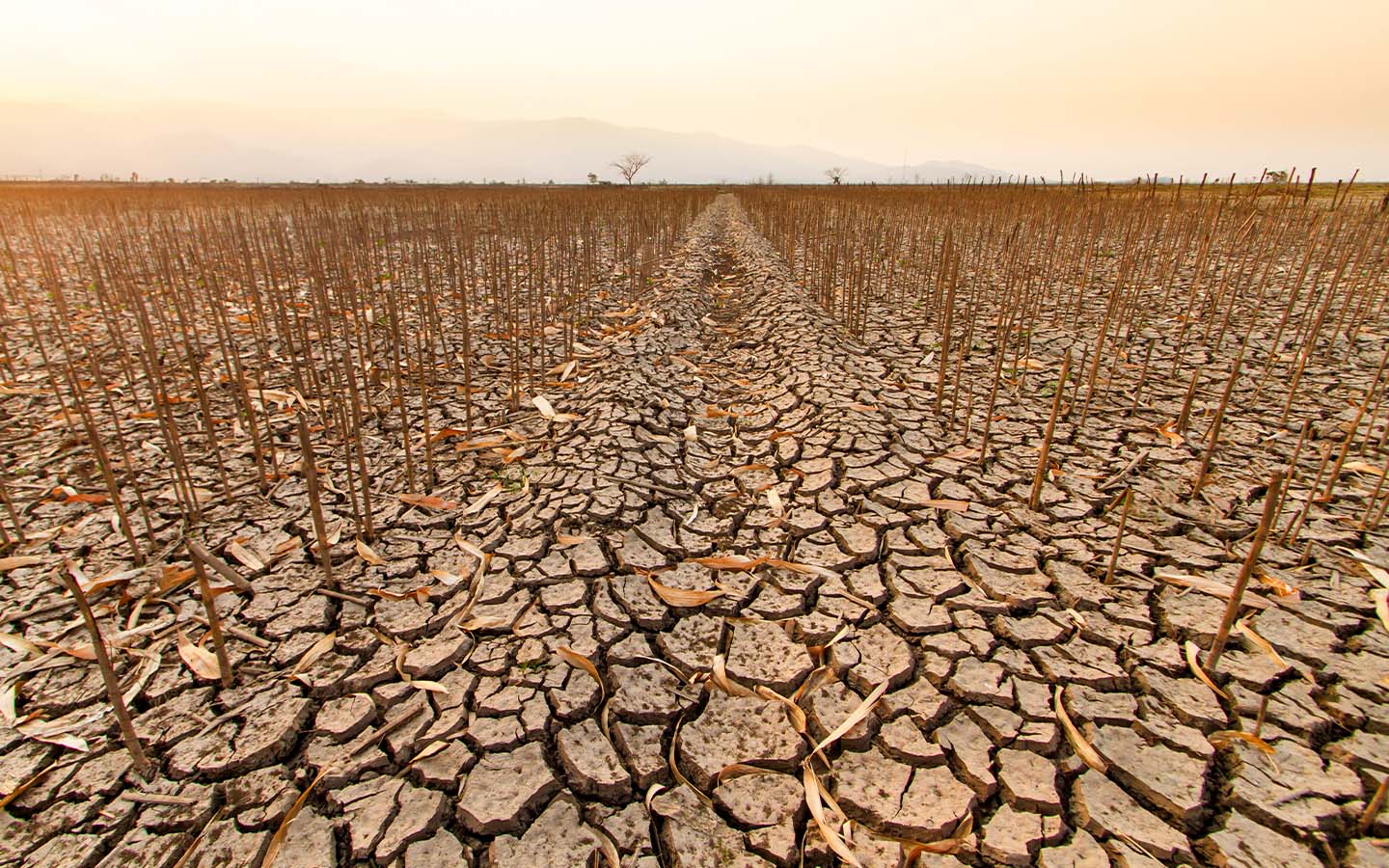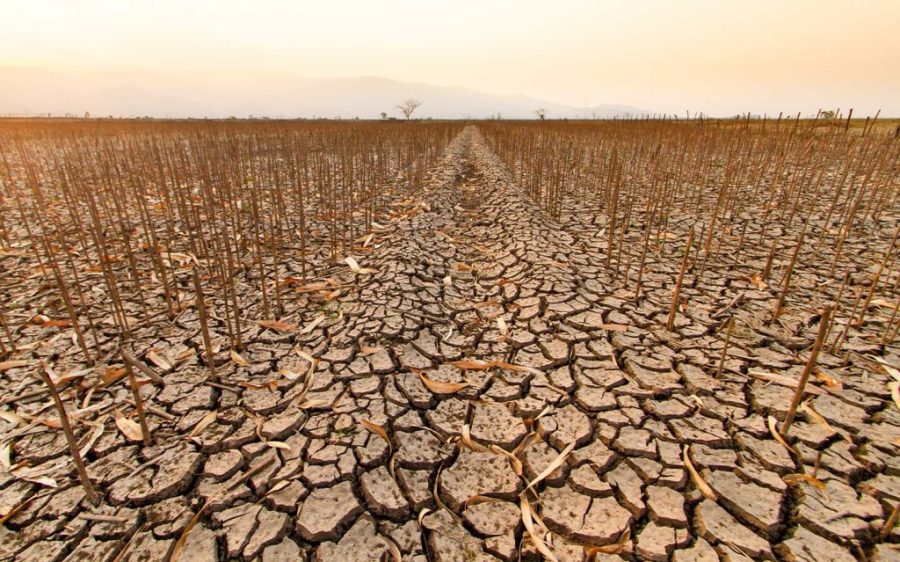Global land area affected by drought has doubled since 1900, the increasingly frequent and intense events demanding a proactive, integrated approach, according to a new report from the Organisation for Economic Co-operation and Development (OECD).
Many of the most extreme droughts ever recorded happened in recent years, driven by a combination of factors including climate change, unsustainable farming, urban development and deforestation.
Despite only accounting for 6 percent of disasters, droughts are responsible for more than a third (34 percent) of disaster-related deaths, and those who survive often face worsening poverty, inequality and displacement. Drought also has significant economic impacts, with agriculture being the most vulnerable sector as crop yields can shrink by as much as 22 percent in particularly dry years. That cost is rising, according to the report, with a drought event today costing at least twice as much as one just 25 years ago. Costs are expected to increase by 35 to 110 percent by 2035.
Investing in drought resilience is an effective way to reduce the human and economic costs, the report says. Every US$1 invested in drought resilience, its authors note, can yield up to US$10 in economic returns. Investing in the right policies now can help governments reduce the immediate impacts of droughts while also building long-term resilience in a warming world.
Building drought resilience requires a multipronged approach targeting water management, ecosystem health and land management, and agricultural water practices, while also developing institutional and financing frameworks to enable this important work. The report says that by developing clear drought management plans and strategies, governments can effectively prioritise measures, coordinate response and clarify responsibilities across all relevant public and private actors, achieving an integrated approach to drought resilience.
Water management begins with a sustainable approach to demand, involving regulations on water use and abstraction, various water pricing schemes, incentives for water use efficiency and raising awareness among the public. Governments can also work to strengthen the resilience of water supply and storage systems by diversifying water sources, including rainwater, water recycling and desalination.
[See more: The global water crisis is threatening more than half the world’s food production]
Efforts to manage water demand and supply, the report says, need to go hand in hand with measures focused on the sustainable management of land and ecosystems. Healthy soil and ecosystems can better absorb water, enhancing the availability of surface and groundwater resources.
Even urban environments can improve water retention through making surfaces more permeable, a key element of the ‘sponge city’ concept pioneered in China that emphasises capturing water at the source, slowing it and cleaning it so it becomes usable. Improved water retention also offers protection against flooding – another natural disaster on the rise due to climate change.
Clearcutting for farms is one of the biggest threats to healthy ecosystems, but even in existing farmland, the way crops are watered offers another tool for increasing drought resilience. Efficient sprinkler or drip systems could slash global water use by 54 percent and 76 percent, respectively, compared to traditional surface irrigation.
Drought-tolerant crops, such as Kavılca wheat in Türkiye or many maize varieties now used in parts of sub-Saharan Africa, cut water use further and offer farmers protection against yield loss even in dry years. Strong policy support, targeted research and continued innovation are needed to scale these solutions.
Underpinning all of these policies, practices and investments is the development of institutional and financing frameworks that enable effective drought risk prevention. Cooperation is needed to address drought risk within countries and across borders, and engaging private stakeholders like farmers, industry, citizens and other private entities can encourage efficient resource use and accelerate the adoption of innovative solutions.
The report says that scaling up financing and harnessing insurance can help address the financial hurdles to investment and help countries secure a “triple dividend” – reducing the cost of droughts; enhancing economic development; and providing co-benefits like enhanced agricultural productivity, food security and increased water supply.






